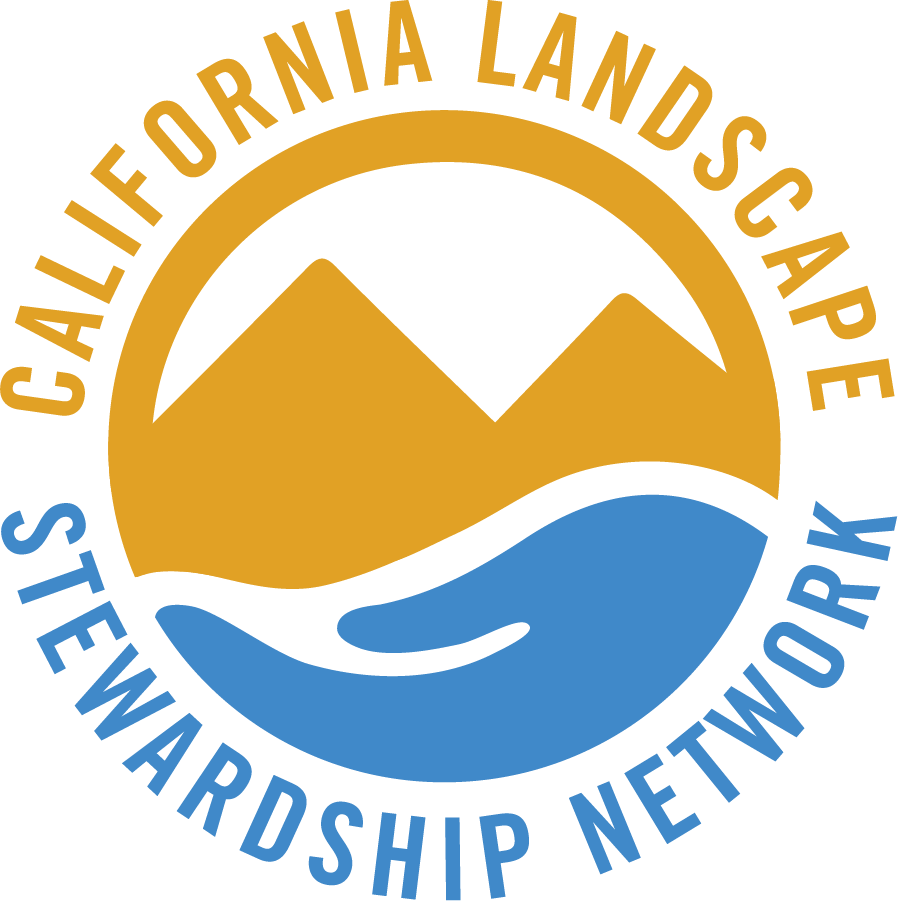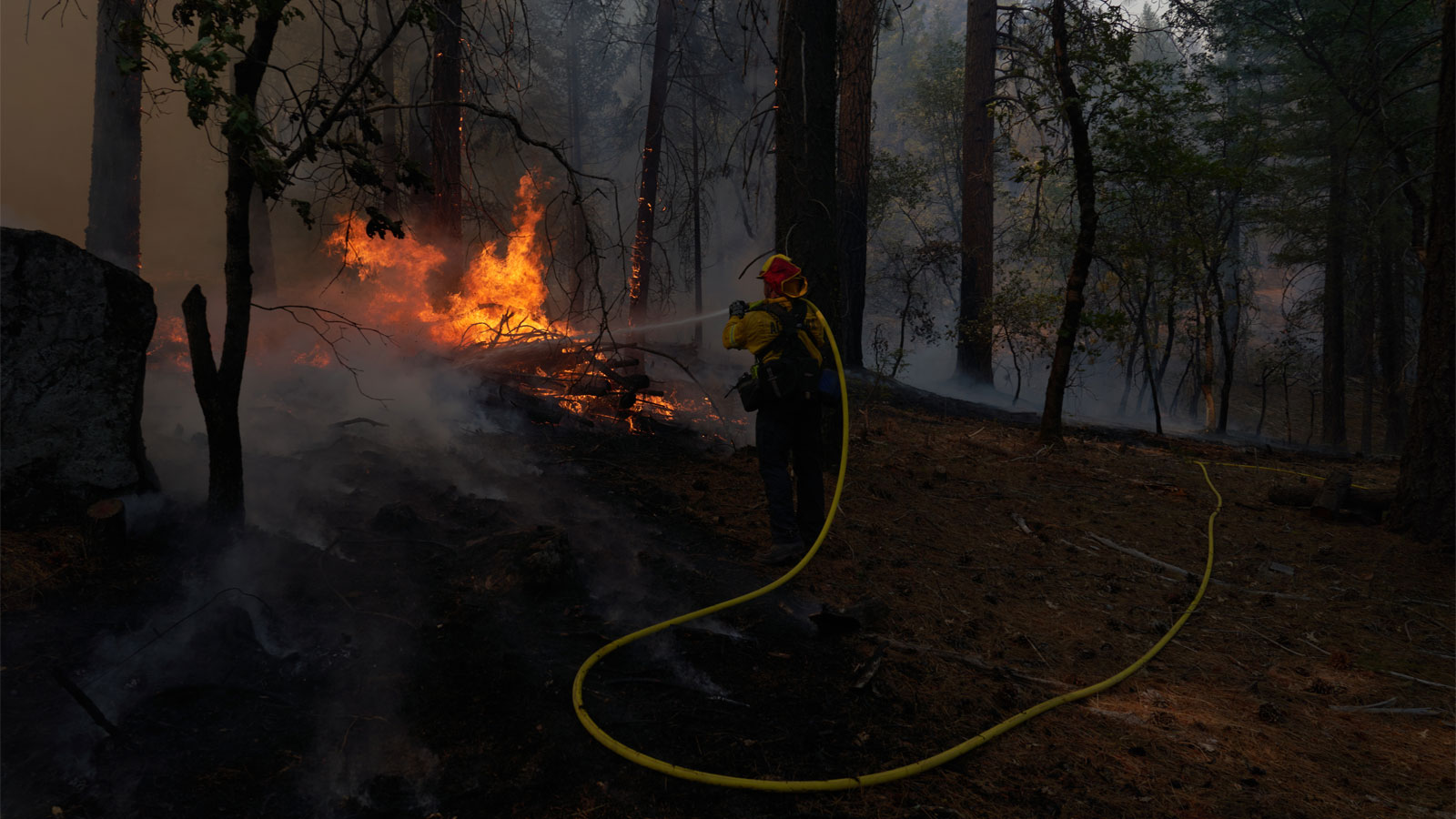When the Dixie Fire began on July 13, 2021, environmental groups knew it would be a fast-growing blaze thanks to the combination of the megadrought, the buildup of forest debris (aka wildfire fuel) , and extreme heat. They couldn’t have predicted that it would be the first wildfire to span the Sierra Nevada mountain range, though, or that, at nearly 1 million acres burned, it will likely be the largest in California’s recorded history.
The fire’s impacts demonstrate that forest health is inextricable from water health. Since Southern California relies on the state’s northern watersheds, including the Feather River, where the Dixie Fire is burning, the state will likely face issues with “water quantity, water quality, water flow, water timing, [and] the ability of upper watershed soil to absorb water,” says Angela Avery, executive officer of the Sierra Nevada Conservancy, which funds forest and watershed conservation projects across 25 million acres of the mountain range.
By making wildfires bigger and hotter, climate change is taking a huge toll on forests and the ecosystem services they provide: facilitating carbon sequestration, maintaining biodiversity, and water filtration. But climate change is also altering the conditions under which wildfires are spreading. “Firefighters are experiencing conditions never seen before, such as increased spread rates, spotting and active nighttime burning,” according to one Dixie fire incident report. And since wildfires don’t burn according to municipal boundaries—the Dixie Fire has burned across five counties already—the burden of these wildfires is borne broadly.
“It’s been really clear to us that collaboration is the key to increasing the pace and scale of our restoration work in the Sierra Nevadas,” Avery says. She says the way to address climate change and restore forest health is by working across governmental and organization structures. “We one hundred percent believe that no [one] entity can be expected to protect and improve the landscape on their own. So, the hope really is in the collaboration with the people who live and work in an area.”
The Sierra Nevada Conservancy is one of many organizations working to address the impacts of climate change on California’s landscapes. The organization has been able to build a strategy to address the needs of forest land and watersheds in part thanks to collaborative problem solving and strategic partnerships developed through their participation in the California Landscape Stewardship Network (CLSN).
The California Landscape Stewardship Network believes that organizations addressing ecological restoration, water conservation, tribal sovereignty, or forest ecosystem health can benefit from peer exchange and shared learnings at a regional scale to find new solutions to address the complexity and increasingly dire consequences of climate change. That’s why they are working to link a constellation of organizations, agencies, environmental leaders, private and public landowners, tribal leaders, and academic partners, who together can identify shared challenges and seek common solutions, drawing on methods of collectivism and the recognition that the Earth has its own forms of knowledge. The Network now supports more than 30 regional collaboratives that steward some 40 percent of California’s protected lands.
This networked approach, which marries the complexity and inclusivity of working collaboratively with the complexity of today’s social and environmental challenges, has also been lauded by the federal government. “The spirit of collaboration and shared purpose should animate all aspects of America’s nature conservation and restoration efforts over the next decade,” according to the 2021 America the Beautiful report produced by the Department of Interior. “The U.S. should seek to build upon the myriad examples where collaboration and consensus-building have led to significant conservation outcomes.”
The work of collaboration demands that leaders have an appreciation for different kinds of climate experts, and different types of leadership. The Sierra Nevada Conservancy works in six regions, with each region anchored by a resident who’s intimately familiar with forest health in the area. Those experts, with their lived experience, then help guide project goals. “Projects that we fund are developed through local cooperatives,” Avery says. “The nature of collaboration is sort of hearing everyone’s voices and understanding the specific needs on the ground.”
There is no universal climate solution for the unique needs of different ecosystems across the state, from the high Sierras to Southern California’s desert regions. Karen Gaffney, the director of strategic planning and communications of the North Coast Resource Partnership (NRCP), another regional network working with the California Landscape Stewardship Network, says that the NRCP responds directly to communities and federally recognized tribal nations.
“We have this really very explicit emphasis on using the best available science and data, but also keeping at an equal importance level [the] local knowledge, including traditional ecological knowledge by our tribal leaders,” Gaffney says. Traditional ecological knowledge refers to Indigenous teachings and practices built by being in relationship with the land since time immemorial.
This knowledge has long been rejected or ignored in conservation work. In the aftermath of the establishment of the state of California, and within the ongoing settler colonialism of California’s Native and Indigenous peoples, state agencies outlawed traditional methods of land stewardship, such as some tribes’ use of cultural burning ahead of dry months. Now, the California Department of Forestry and Fire Protection cites prescribed burns as “one of the most important tools used to manage fire today.”
Gaffney says that in working to make the land resilient to climate change, drought, and wildfire, North Coast Resource Partnership believes that environmental projects must also be paired with community and economic justice projects. Communities that bear the impacts of climate change most acutely are often those most economically disenfranchised or under-resourced, like tribal nations, Gaffney says. She adds that it’s critical that projects be developed and accountable to those who are most impacted by increasing heat and water scarcity.
“We’ve done this regional spatial analysis looking at fuel loading, and looking at areas of economic challenge, and areas that are hotspots for biological diversity,” Gaffney says. “We’ll do region-wide carbon mapping, and then we’ll come back to the broader community through a variety of mechanisms to say, ‘Okay, here’’ what the data are telling us. What do you think?’ ”
Still, organizations collaborating as a part of the California Landscape Stewardship Network are working against increasingly devastating impacts. As smoke from the Dixie fire continues to spread, Avery is the first to admit that “We’re all a little afraid of what the future holds.” But she says organizations like hers know what they need to do and how to do it. “We can make [forests] healthy and we can make rural communities healthy in so doing, and it’s going to take our cross-sector collaborations to get there.”
The California Landscape Stewardship Network (the Network) emerged in 2016 through the vision of six landscape stewardship collaboratives across the state. These collaboratives recognized the growing need for a statewide “network of networks” that could coordinate efforts to increase the pace and scale of landscape-scale stewardship. The Network believes that working at the landscape scale requires embracing complexity and seeking common ground across different landowners, policies, cultures and more. Its mission is centered around how to shift paradigms, address shared obstacles, engage in systems thinking, and forge equitable solutions by including a diversity of perspectives to collaboratively steward California’s communities and cherished places. Humility, empathy, and reverence guide the Network’s mission, and inclusion, trust, and reciprocity are the essential ingredients it strives to embody in its partnership-building.




